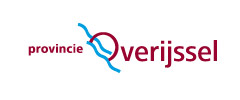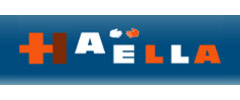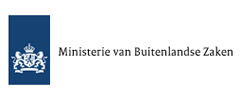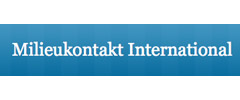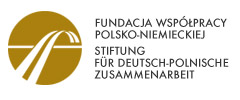Chemicals/REACH: six dangerous substances to be phased out by the EU
Six substances of very high concern will be banned within the next three to five years unless an authorisation has been granted to individual companies for their use
21.02.2011 |Europa RAPID
Operators wishing to sell or use these substances will need to demonstrate that the required safety measures have been taken to adequately control the risks, or that the benefits for the economy and society outweigh the risks. Where feasible alternative substances or techniques exist, a timetable for substitution will also have to be submitted. Today’s Commission decision follows the successful first phase of registration and notification of chemicals (see IP/10/1632, IP/11/2). It is part of REACH, Europe’s initiative to make the use of chemicals safer.
European Commission Vice President Antonio Tajani, responsible for industry and entrepreneurship said: “Today’s decision is an example of the successful implementation of REACH and of how sustainability can be combined with competitiveness. It will encourage industry to develop alternatives and foster innovation."
Environment Commissioner Janez Potočnik said: "Chemicals are everywhere in the modern world and some of them can be very dangerous. Today's decision is an important step towards better protecting our health and the environment."
Six substances of very high concern have today been moved from the candidate list to the authorisation list, known as Annex XIV, under the EU's REACH regulation (Regulation No 1907/2006 for Registration, Evaluation, Authorisation and Restriction of Chemicals). Substances in Annex XIV cannot be placed on the market or used unless authorisation has been granted for a specific use.
The adopted measures constitute a first step in the implementation of the authorisation requirement laid down in the REACH Regulation. It is part of an ongoing process whereby additional substances will be added to Annex XIV in the future. The objective is to ensure that the risks from substances of very high concern are properly controlled and that these substances are progressively replaced by economically and technically viable alternatives. To that end, the Commission aims to put forward a greater number of known substances of very high concern for inclusion in the candidate list (see IP/10/360). The Commission and the European Chemicals Agency are fully committed to achieve this goal with the active engagement of the Member States.
The following 6 chemicals are the first entrants in the Annex XIV: 5-ter-butyl-2,4,6-trinito-m-xylene (musk xylene), 4,4'-diaminodiphenylmethane (MDA), hexabromocyclododecane (HBCDD), bis(2-ethylexyl) phthalate (DEHP), benzyl butyl phthalate (BBP) and dibutyl phthalate (DBP).
Background
Chemicals listed in Annex XIV are selected from a candidate list of substances of very high concern based on recommendations made by the European Chemicals Agency (ECHA). Substances of very high concern are chemicals which meet one or more of the criteria set out in Article 57 of the REACH Regulation and which have been identified as substances of very high concern in accordance with the procedure set out in Article 59 of the Regulation. There are currently 46 substances of very high concern on the candidate list.
Guidance documents on the preparation of applications for authorisation and on the socio-economic analysis have been published by ECHA on its website.
For each substance listed a "sunset date" is provided, ranging from 2014 to 2015. From this date the substance may only be placed on the market or used if an authorisation has been granted or an application for authorisation has been made before the "latest application date". This is the date by which anyone wishing to keep using a listed chemical after the sunset date must make an application.
These requirements apply regardless of the tonnage at which the substance is placed on the market or used, as no lower limits are provided for the authorisation requirement. Some uses of substances, such as intermediates, are excluded from the authorisation requirement.
Authorisation applications must be submitted to ECHA. The Agency's Risk Assessment Committee and Socio Economic Committee will then consider each application and submit their opinion to the European Commission. The final decision will be taken by the European Commission.
source: Europa RAPID
Related News
Getting to the Future We Want
4-7 November, Brussels: European Environmental Bureau’s (EEB) Annual Conference
12.11.2018
Human Biomonitoring for Europe
Vienna, 26 September: stakeholder forum
28.09.2018
A life without plastic, wouldn't it be fantastic?!
Interview with Charlotte Schueler of @PlastikfreiLeben, who lives a zerowaste life in Munich, Germany and shares her experiences to her 25.2 thousand followers on instagram & 37.2 thousand followers on facebook
14.09.2018
Calling for periods free from plastic & hazardous chemicals
Letter to Frédérique Ries, MEP, European Parliament on behalf of the #BreakFreeFromPlastics movement
04.09.2018



















